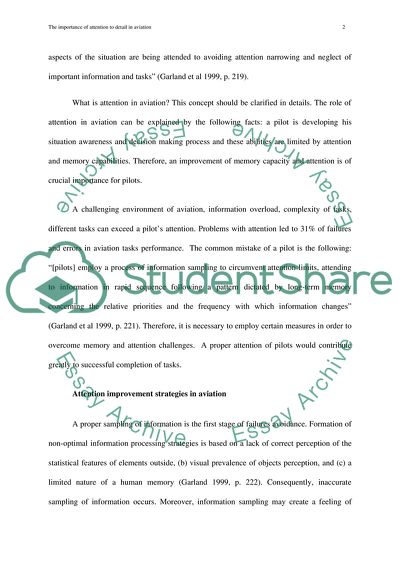Cite this document
(The Importance of Attention to Detail in Aviation Research Paper, n.d.)
The Importance of Attention to Detail in Aviation Research Paper. Retrieved from https://studentshare.org/technology/1754688-why-attention-to-detail-is-important-in-aviation
The Importance of Attention to Detail in Aviation Research Paper. Retrieved from https://studentshare.org/technology/1754688-why-attention-to-detail-is-important-in-aviation
(The Importance of Attention to Detail in Aviation Research Paper)
The Importance of Attention to Detail in Aviation Research Paper. https://studentshare.org/technology/1754688-why-attention-to-detail-is-important-in-aviation.
The Importance of Attention to Detail in Aviation Research Paper. https://studentshare.org/technology/1754688-why-attention-to-detail-is-important-in-aviation.
“The Importance of Attention to Detail in Aviation Research Paper”, n.d. https://studentshare.org/technology/1754688-why-attention-to-detail-is-important-in-aviation.


